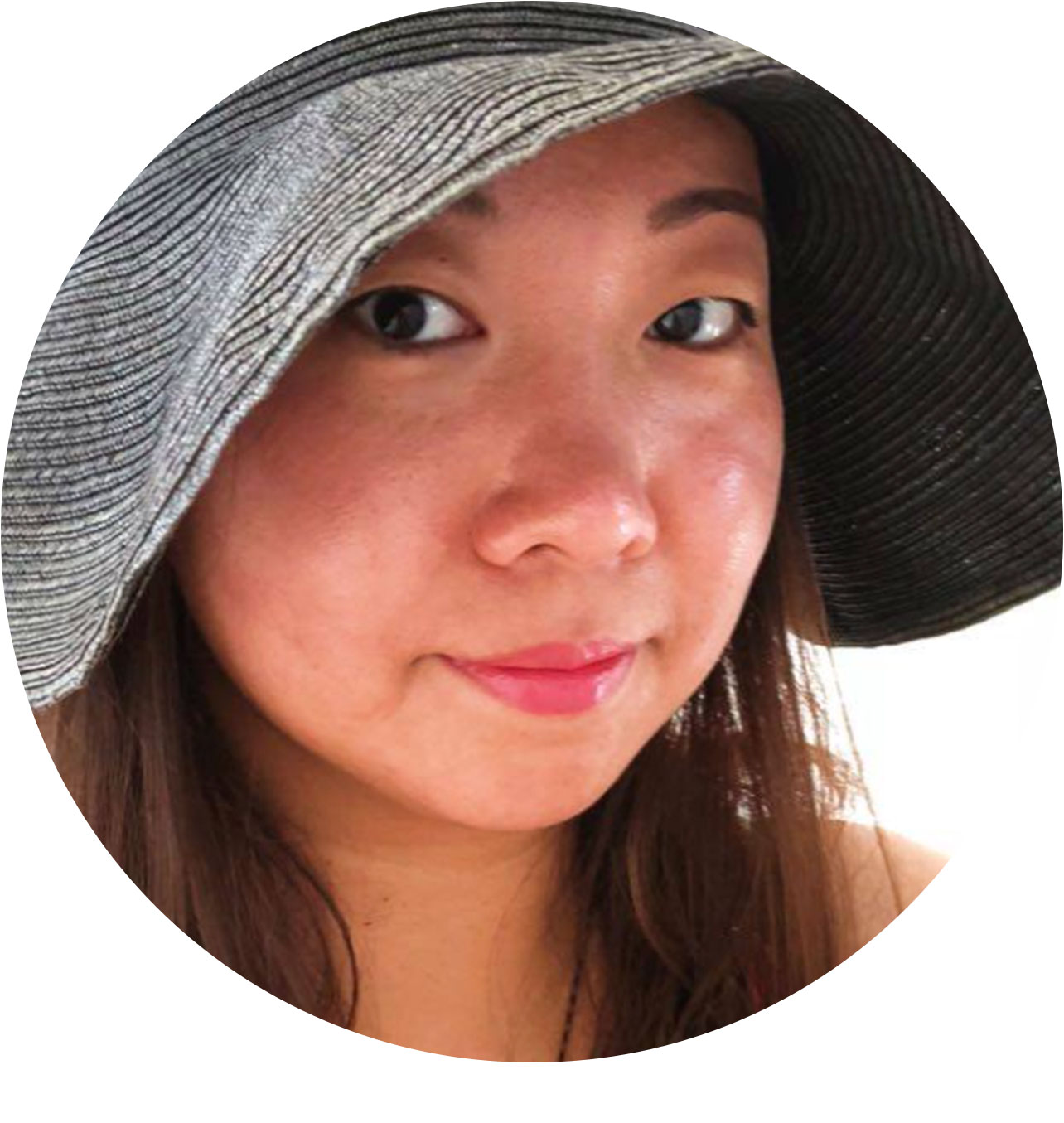No products in the cart.
About us

Why I founded Zeng Gallery
My Art Learning Experience
I studied pure painting for two years in middle school. I studied visual communication in college, earning a bachelor’s degree. I worked in product packaging design for eight years. After resigning, I established my own studio, creating fine art. I also began providing one-on-one art tutoring.
My Collecting Experience
In 1998-1999, I began to pay attention to local art.
At that time, contemporary art in China was just emerging, and the term “contemporary art” hadn’t even been translated into Chinese. It was called “avant-garde” art, a term used to describe artistic trends in contrast to the styles of traditional art academies.
In 1999, Shanghai opened its first foreign-funded contemporary art gallery, founded by a Swiss national.
This was my first impression of Switzerland and its connection to contemporary art. As a first-year art student in college, I began to realize that galleries offered interesting new approaches to art creation. This was part of ongoing art history, one that would eventually be written into the annals of Chinese art.
In school, I could only learn about art history from books and catalogs, which had already been recognized by art historians.
I began actively attending gallery openings and getting to know various contemporary artists.
These artists have become historic figures in Chinese contemporary art today. It’s interesting to summarize the development of contemporary art within Shanghai as a growing memory of my youth.
In 2008, China hosted its first Olympic Games in Beijing. By then, hundreds of galleries had already emerged in Shanghai and Beijing. Thanks to the booming economy and growing international recognition, Chinese contemporary art, like a bargain-hunted financial instrument, was sought after by international investors, with transaction volumes rising year by year.
In 2014, I left China for Switzerland, where I lived for ten years. I worked in import and export between China and Switzerland. I created product packaging, advertising, and marketing, but most of my work was unrelated to art and design; it was purely business-related. I gained experience in purchasing, accounting, and cost control.
I returned to Shanghai in the summer of 2025. By then, the art market had been stagnant for several years due to the pandemic, and the art market was sluggish. China’s cultural and ideological controls were very strict, and artists were becoming depressed and passive. However, many artists continued to create and produce excellent works.
However, the government had widely accepted contemporary art as mainstream art. Museums, art centers, and various other venues were well-developed, and the government welcomed international artists to exchange ideas.
I had the idea of establishing a virtual gallery based in Switzerland to serve as a bridge between Chinese and Swiss artists. I would recommend artists from both sides to suitable galleries, museums, and cultural festivals, helping them find suitable exhibition spaces and workshops.
In Swiss museums and art galleries, you can see the most famous, top-tier artists with the highest transaction records, but rarely do you see emerging artists in their 20s, 30s, or 40s who already have a wealth of works and exhibition experience, but whose prices haven’t yet reached high levels.
I hope to contribute to their international success.
